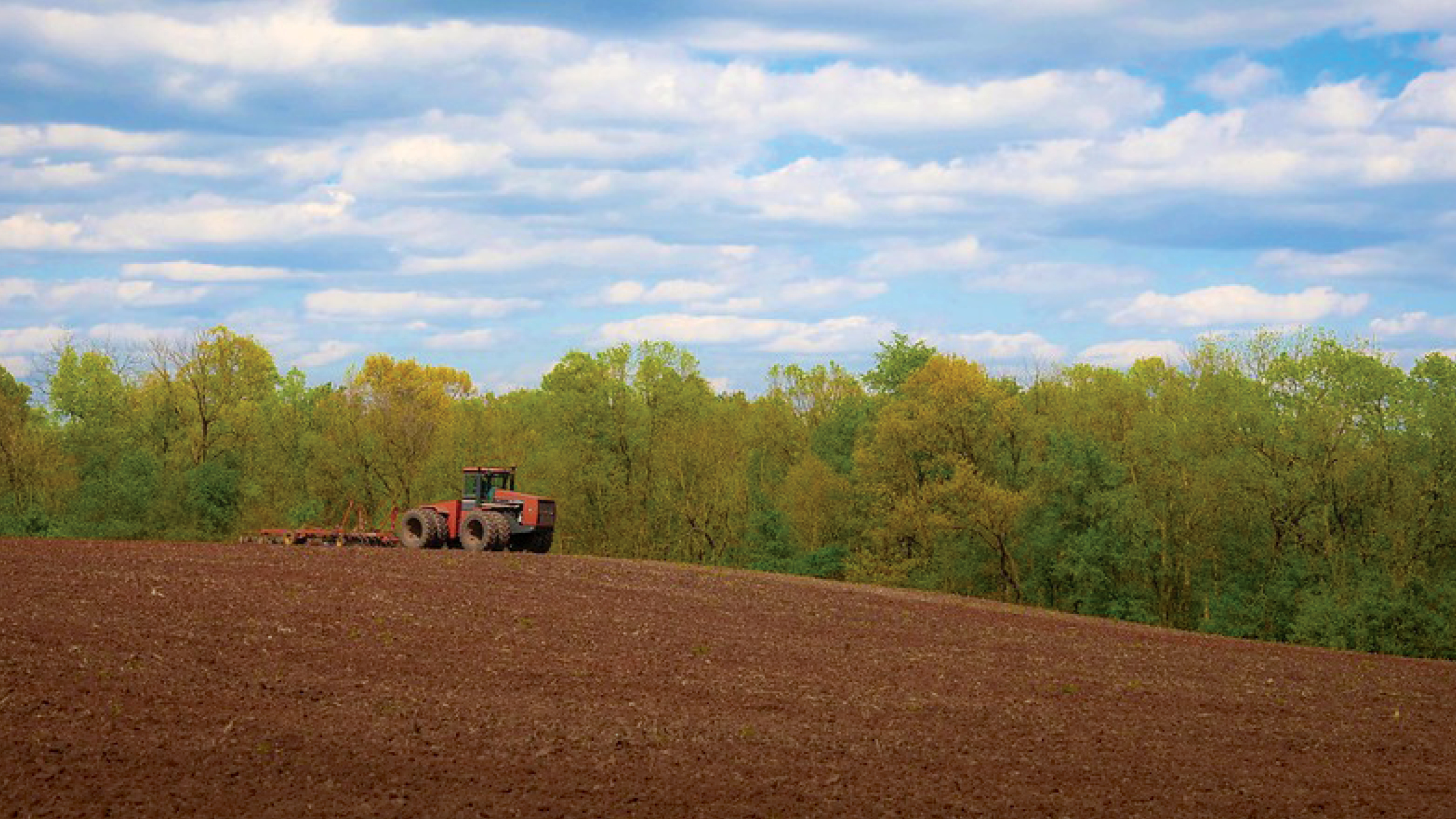
Photo Credit: Preston Keres/USDA/FPAC photo
Focus on Ag: Farmland Values Continue to Increase
The enhanced farm income levels have resulted in sharply higher land values in many portions of Iowa, Minnesota, and other areas of the Upper Midwest. Land values have also been enhanced by very strong buyer interest in purchasing farmland and a limited amount of land being offered for sale in many areas. Read More
California’s Massive Snowpack is Driving Fears of Major Farmland Flooding
Mount said the snowpack is the biggest “since we started recording snow water content” with automated sensors. While the Department of Water Resources said that 1969 holds the top spot for the southern Sierra in the longer-term record, Mount believes levels will soon exceed that year as well.
Experts say the 1982-83 season is an example of how snowmelt can translate into epic flooding.
That year “produced the most significant flooding in living memory,” Mount wrote in a recent blog post. More than 100,000 acres of farmland were submerged, re-creating a historic inland lake. Floodwaters halted farming for nearly two years in affected areas.
Some of California’s most prolific farmland lies in the San Joaquin Valley and the Tulare basin at the base of the southern Sierra — downstream of this year’s heavy snowpack. Fresno, Tulare and Kern counties are the top three agricultural counties in the United States, according to a report from the Public Policy Institute of California.
Tulare Lake, once the largest lake west of the Mississippi, is now mostly an irrigated dry lake bed, carved with canals that channel water in and out of the basin. But the lake has re-emerged during extremely wet years like 1983 and 1997.
“It is logical to assume that we will see something like that again, but it all depends on how fast the snowpack melts,” he said. Read More
Limits on Foreign Ownership of U.S. Farmland Gain Support in Congress, Despite Skepticism
Bipartisan momentum is building in Congress to restrict China and other foreign adversaries from purchasing U.S. farmland, a reflection of a similar push by some states as well as apprehension over Chinese spy balloons, rising land prices and growing international competition.
“Foreign ownership of agricultural land threatens small family farms and the overall health of the agricultural supply chain,” wrote a bipartisan group of House lawmakers in a Feb. 27 letter to Agriculture Secretary Tom Vilsack, condemning the department’s insufficient foreign transaction reporting from 2015 to 2018.
“I don’t think we should be allowing countries who don’t give a damn whether we exist or not to own land, whether it’s farmland or agribusiness, in this country,” said Democratic Sen. Jon Tester of Montana in a Feb. 28 Senate committee hearing.
“I believe that one acre of American farmland owned by the Chinese Communist Party is one acre too many,” said Republican Alabama Sen. Katie Britt in the same February hearing.
And while policy and legal experts outside Congress believe a national restriction on foreign ownership could get passed this session, they also believe there could be challenges in its rollout, as well as unintended consequences for the agricultural community. Read More
Input Prices Are Lower as Planting Season Nears
Last spring fertilizer and chemical prices were high almost across the board. This year prices are in a much different spot says FBN chief economist Kevin McNew.
Global tensions have calmed down some since last spring and that has made fertilizer prices more affordable for farmers. A milder winter in Europe than was expected has also helped to slash prices says McNew. Read More
Five Fights Brewing in the Crucial $1.4 Trillion Farm Bill
The future of American food production is up for grabs this year.
With the nation’s farm bill expiring this September — along with a wide array of crucial programs that put food on American plates — lawmakers are on the clock to craft a farm bill that can pass the divided Congress.
The House and Senate agriculture committees will hold a series of hearings akin to a large and acrimonious family Thanksgiving: heated debates with everyone united in the desire to fill their plates.
Among the dinner guests: big agriculture lobbyists, farm-to-table advocates, child nutrition groups, conservation organizations, climate change activists, U.S. states seeking support for fighting wildfires, droughts and other disasters — and of course the lawmakers themselves.
Here are the five biggest fault lines shaping up this year, from the upcoming battle over everything from $20 billion in climate funding to the question of what to do with the nation’s animal waste. Read More








